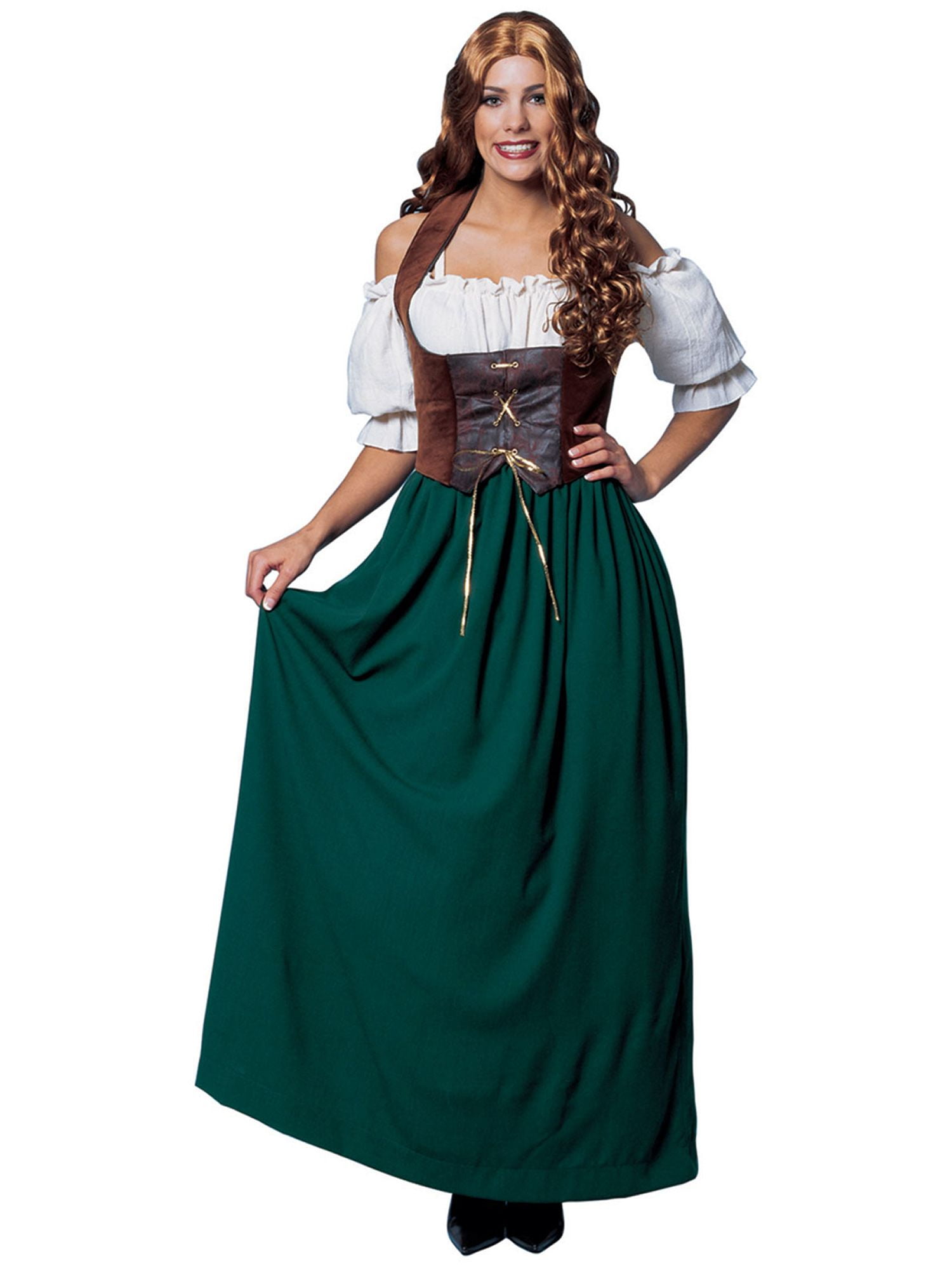

They were not illiterate but they had no knowledge of books. “The Scandinavians had a certain fear of the void that they compensated for by collecting objects, drawing and decorating, which is why their material culture was so rich. In an interview with Antón, Price explained the reasons for these findings. It is also well documented that in numerous excavations of warrior tombs, according to Price, an abundance of combs, jewelry, masks and sophisticated garments have been discovered. “Even Muslim ambassadors in Scandinavian courts or the Arab peoples that traded with them on the banks of the Volga or in the Caspian Sea couldn’t help but notice that they washed and paid a great deal of attention to personal hygiene and sharp dressing.” Everyone else was subject to the material poverty of the era and wore serge, wool items and cheap dresses, as did French peasants, Goths and Saxons.” It is true, however, that the Vikings “did not fit the archetypal image of unkempt barbarians.” Theirs was a culture that valued hygiene and apparel. “If we are discussing Viking elegance, we have to refer only to the top of the social pyramid in Scandinavian societies. Jacinto Antón, a journalist who has held a lifelong fascination for the Vikings, says some nuance is necessary. A historical reenactment of the Viking landing at Catoira, Pontevedra, in the 10th century. This side of Viking culture and their material customs had passed unnoticed for centuries, lost amid so many blood-soaked tales of pillage and ceremonial barbarity, but recent archeological discoveries suggest that it was in fact one of the most elegant societies in northern Europe during the transition period between the Iron and Middle Ages. The Vikings also bathed frequently, if not on a daily basis, and held accessories in high regard, frequently sporting brooches, rings and combs in their hair, and their tattoos, far from being crudely applied ink stains, were intricate artworks carrying ritual significance that today, unfortunately, we know little about.
#Medieval times clothing how to#
But the Scandinavians of the era knew how to scrub themselves up when they had something to celebrate or someone to impress. It is true that a Viking’s work clothes generally consisted of a basic tunic, a metal helmet (despite popular belief without horns), a sheepskin vest and a coat of mail.

Price dedicates a demythologizing chapter to the sartorial elegance of the Germanic tribes forged in the valleys and fjords of Scandinavia, in which he argues that theirs was a very visual culture, one obsessed with appearances and in which at least some of the political and financial elite attired themselves in sumptuous imported garments (silk was valued as a treasure), of exquisite design and rich colors. Not the epitome of barbarism and dishevelment but instead a people who took pride in their appearance and had an acute affinity for esthetics, hygiene and fashionable clothes. Nonetheless, recent publications such as Children of Ash and Elm a History of the Vikings by Neil Price, suggest that these brutes were in reality considerably more refined than originally thought. The invaders were a civilization with a rich oral culture but one that did not write its own books, so the accounts that have been passed down are recorded from the victims’ point of view. For the monks and peasants of western Europe in the 8th and 9th centuries, Viking raids were like solar eclipses, catastrophes of biblical proportion as the demonic horde descended. There is no doubt that they inspired dread in their victims. Witnessing them in action must have been a terrifying spectacle. Rude, crude and wild, tall with long hair and abundant beards, fierce eyes set in faces covered with scars, their arms covered in tattoos, blood and ritual incisions in their teeth. The Saxon chronicles (and those of France and Galicia) describe the Vikings as genuine brutes.


 0 kommentar(er)
0 kommentar(er)
